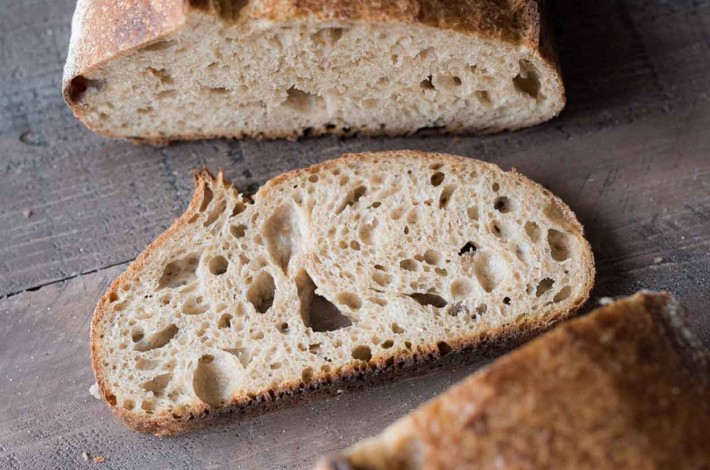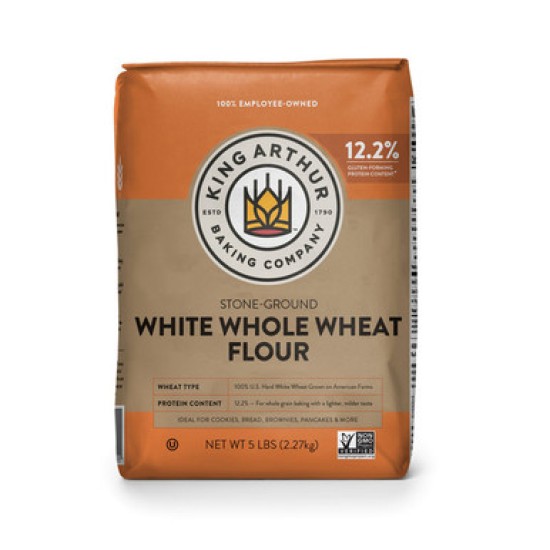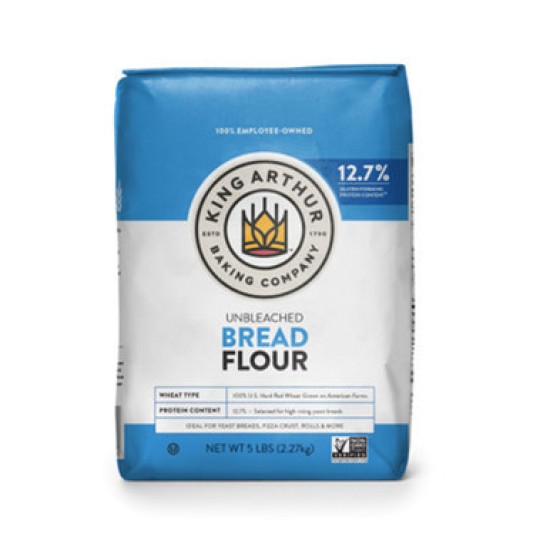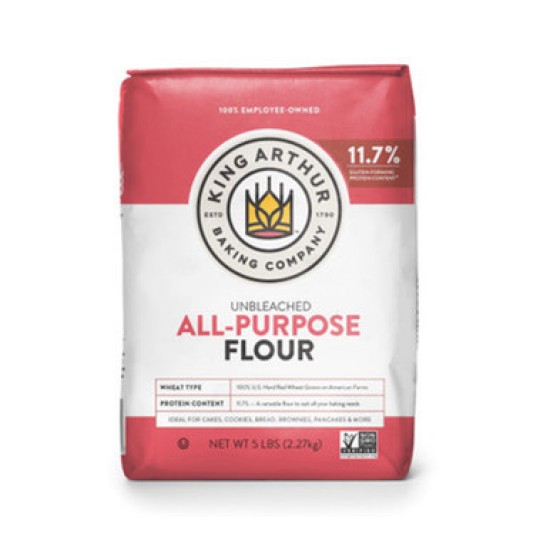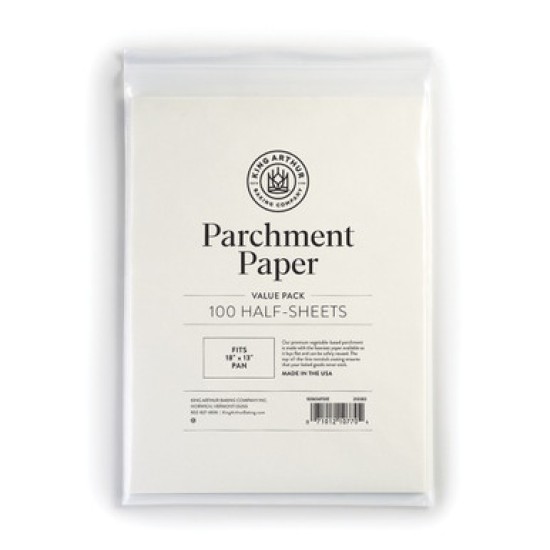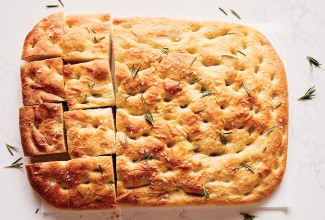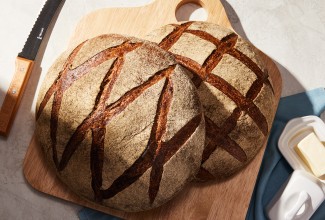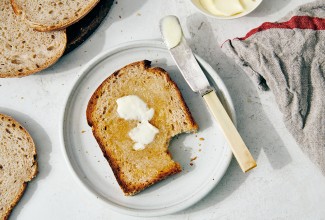-
To make the levain: Mix all of the levain ingredients together in a small bowl or container. Cover the container and keep the levain somewhere warm, around 76°F to 80°F, for 3 to 3 1/2 hours, until it's "mature" — showing signs of growth.
-
To make the soaker: While the levain is maturing, use a home flour mill or high-powered blender to coarsely crack the whole spelt berries; their texture should resemble polenta or corn grits. Transfer the cracked spelt to a heat-resistant bowl.
-
Immediately pour the boiling water over the cracked spelt and stir until completely hydrated. Cover to prevent excessive moisture loss, and let cool at room temperature. If your house is excessively warm, add part (or all) of the salt called for in the recipe to the soaker itself. Adding salt will help prevent enzymatic activity in the soaker, which can lead to a potentially undesirable sour flavor.
-
To make the dough: Mix all of the dough ingredients together, except any remaining salt. Cover the bowl and let the dough rest for 3 hours at room temperature, until the levain is ready to use. Note: The final target dough temperature for this dough is 78ºF to 80ºF. If your kitchen is cold, use lukewarm water in order to adjust the temperature of the dough by the end of mixing.
-
To finish the dough: Once the levain is mature, add it to the dough in the bowl. Add the soaker, with any of its remaining liquid, as well as any remaining salt. Stir in an additional 2 tablespoons water. Mix and knead the dough by hand, or with a stand mixer fitted with a dough hook, until the dough is somewhat smooth and shows some strength, about 3 to 4 minutes.
-
Cover the bowl and let the dough rest for 10 minutes; then mix for an additional 3 minutes (less if using a stand mixer), until the dough becomes smoother in consistency and starts to show further strength.
-
Transfer the dough to a tub or thick-walled bowl for bulk fermentation; this will take about 3 hours.
-
Give the dough one set of stretch and folds during this period. For the set, stretch the north side up and fold over to just short of the south side, then repeat for the south, east and west sides for a total of four folds (which equals one set). If the dough feels excessively slack or wet at the end of this one set, perform an additional set 30 minutes later.
-
Let the dough rise for the remainder of the 3 hours, until you see bubbles on the top and below the surface. The edge where the dough meets the container should be domed slightly, and the entire dough should jiggle when shaken.
-
Dump the dough onto an unfloured work surface. Using a bench knife and floured hand, gently divide and pre-shape the dough into two taut rounds.
-
Let the dough rest for 25 minutes, uncovered. During this time, prepare two proofing baskets (or bowls) lined with towels dusted with all-purpose flour. Lined brotforms work well here.
-
To shape the dough: Working with one round at a time, liberally flour the work surface and the top of the resting dough. Using floured hands and a bench knife, flip one round over onto the floured surface and fold the top half up and over to the middle and the bottom half up and over the recently folded top. You’ll have a long horizontal rectangle sitting in front of you. Turn the rectangle 90º and grab a small portion of the top, pull up and fold over a little bit, pressing down to seal. Take the rolled top and continue to gently roll it downward toward your body with two hands working together. As you do each roll and work your way down the vertical rectangle, use your thumbs to gently press the dough into itself.
-
Once rolled up, transfer the shaped loaves to the prepared baskets, seam side up; the "good" side of the loaf should be at the bottom of the basket. Cover the baskets with plastic and let proof overnight in the refrigerator for a total of 14 to 16 hours.
-
The next day, preheat your oven (with a baking stone on a middle rack, if you're using a stone) for 1 hour at 500ºF.
-
When the oven is ready, remove the dough from the fridge. Turn it out of the baskets, so the smooth side is on top. If you're using a stone, turn the risen loaves onto pieces of parchment; you'll move both parchment and pan onto the baking stone using a peel or giant spatula. If you're using a pan, turn them onto a parchment-lined or lightly greased baking sheet.
-
Score the loaves with a sharp blade; a single slash from top to bottom at about a 30º angle is attractive.
-
Put the bread into the oven. Add steam to the oven via your favorite method. Try setting an oven-proof pan (e.g, cast iron) on a lower rack, and adding 1 cup boiling water. After 20 minutes reduce the oven temperature to 450°F. Bake the bread for an additional 20 minutes, until it's a deep golden brown and the interior temperature registers at least 210°F.
-
Remove the bread from the oven, and place it on a rack to cool. Let it cool for 2 to 3 hours before slicing.
